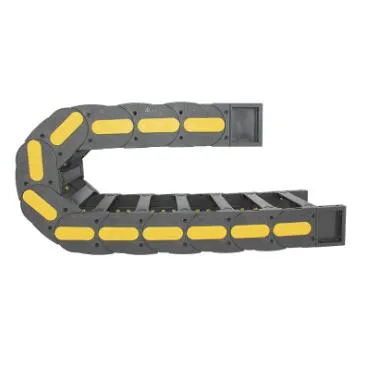Comparing Synchronous Belts and Timing Belts for Mechanical Applications and Performance
Synchronous Belt vs. Timing Belt Understanding the Differences
When it comes to automotive engineering and mechanical applications, the terms synchronous belt and timing belt are often used interchangeably. However, while both types of belts serve similar purposes in synchronizing the movement of different components, there are key differences between them that can affect their applications and performance.
Definition and Functionality
A synchronous belt is a type of belt that uses teeth along its inner surface to engage with ridges on pulleys. This design allows for precise motion transfer, ensuring that the belt moves in a synchronous manner with the driving component. Synchronous belts are commonly used in various applications, including industrial machinery, printers, and robotics, thanks to their ability to maintain accuracy in rotational speed and positioning.
On the other hand, a timing belt specifically refers to a type of synchronous belt used primarily in automotive engines. Its primary function is to synchronize the rotation of the crankshaft and camshaft, ensuring that the engine's valves open and close at the correct times during the combustion cycle. This synchronization is critical for optimal engine performance and efficiency.
Material Composition
Both synchronous belts and timing belts are typically made from similar materials, such as rubber reinforced with fiber, like polyester or nylon. However, timing belts often include additional elements, such as fiberglass or steel reinforcements, to withstand the high stresses and temperatures associated with engine applications. This makes them more durable and capable of handling the dynamic loads present in automotive environments.
synchronous belt vs timing belt

Durability and Lifespan
The lifespan of a belt is a crucial factor in its performance, particularly for automotive applications. Timing belts generally have a specific replacement schedule, often recommended by manufacturers, usually within 60,000 to 100,000 miles. If a timing belt fails, it can lead to severe engine damage, making regular maintenance essential.
Synchronous belts used in other applications can vary significantly in lifetime based on their usage and environmental conditions
. While some may require routine replacements, others can last much longer, depending on the load and operational requirements.Applications
While both synchronous and timing belts serve to synchronize motion, their applications differ significantly. Synchronous belts are versatile and find use in numerous machinery and industrial systems. Conversely, timing belts are specialized for internal combustion engines, where precision in timing is crucial to prevent mishaps and ensure engine longevity.
In conclusion, while synchronous belts and timing belts share similarities in their design and functionality, their distinct roles and specific applications highlight the importance of choosing the right type of belt for each purpose. Understanding these differences can help engineers and automotive technicians make informed decisions that enhance performance, efficiency, and safety in their respective fields.








